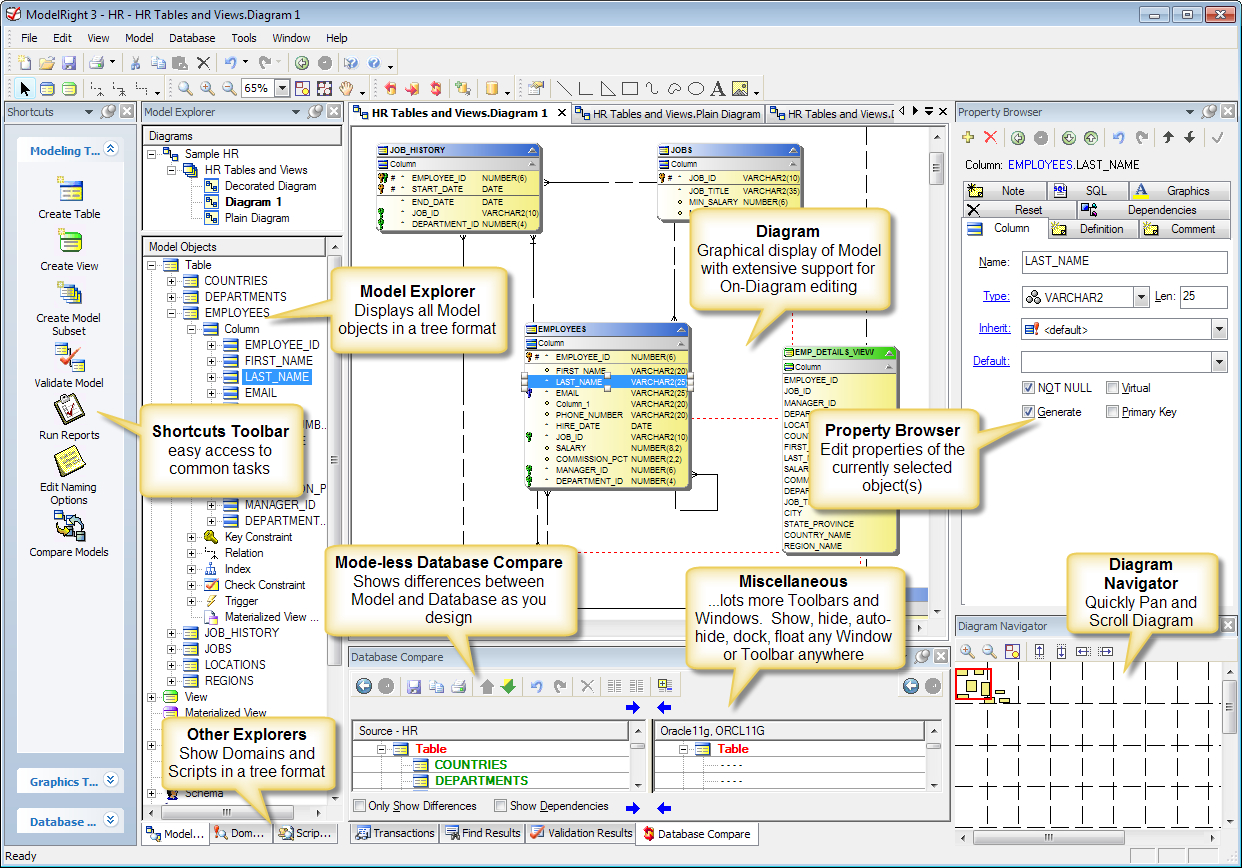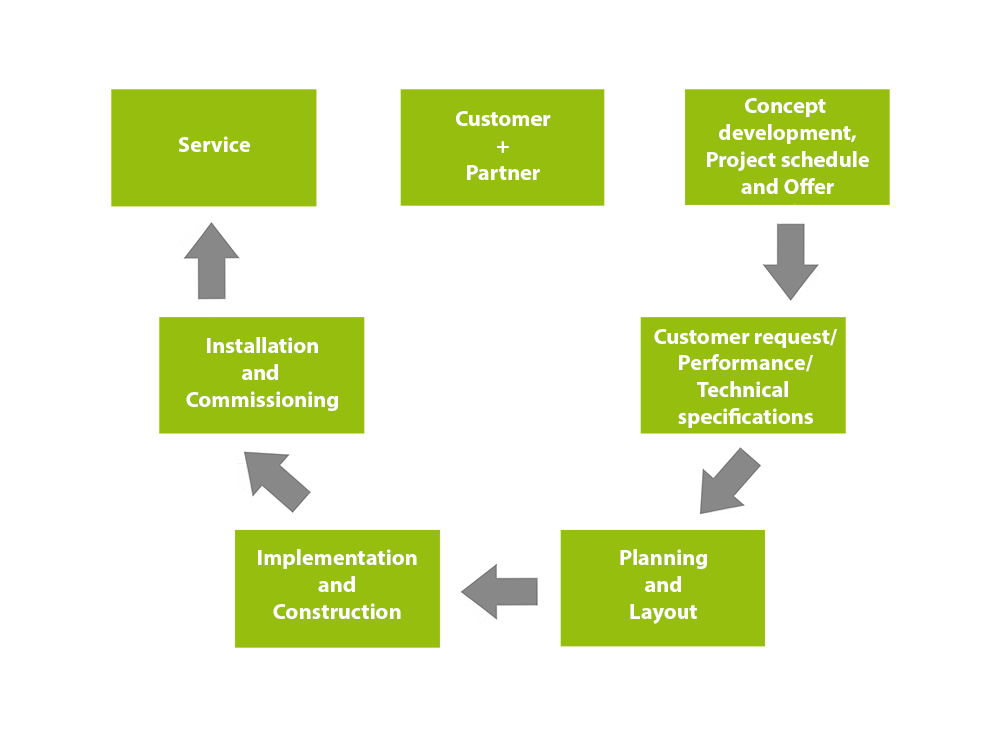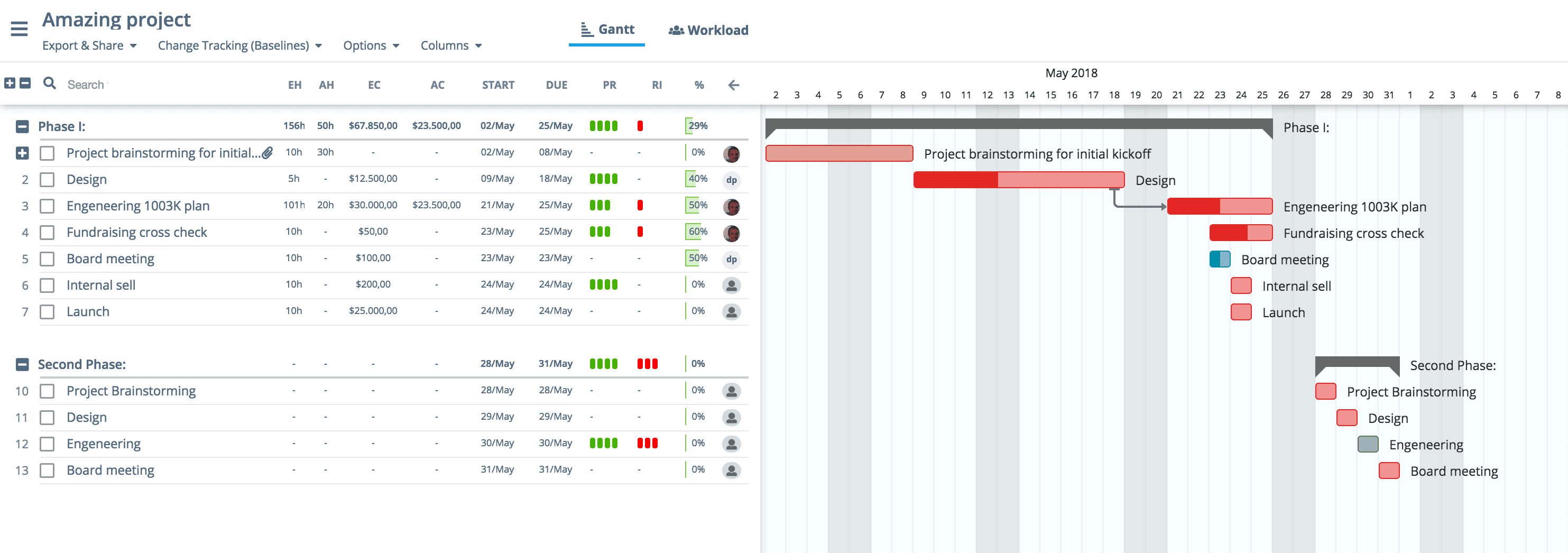

- #SQL SCHEMA DESIGN PROJECTS TASKS SUBTASKS COMMENTS UPDATE#
- #SQL SCHEMA DESIGN PROJECTS TASKS SUBTASKS COMMENTS CODE#
#SQL SCHEMA DESIGN PROJECTS TASKS SUBTASKS COMMENTS CODE#
Track testing progress with user stories and code defects. Product build number that incorporates the code or fixes a bug.

When teams estimate work using hours or days, they define tasks and the Remaining Work and Activity (optional) fields. For example, a developer defines tasks to implement user stories, and a tester defines tasks to write and run test cases. Tasks can include development, testing, and other kinds of work. Each team member then performs a subset of those tasks. When you use the Agile process, teams forecast work and define tasks at the start of each sprint. Name the task and estimate the work it takes. When your team manages their work in sprints, they can use the sprint backlog page to break down the work to be accomplished into distinct tasks. Also, use portfolio backlogs to view a rollup of work in progress across several teams when you setup a hierarchy of teams. Using portfolio backlogs, you can drill down from one backlog to another to view the level of detail you want. You can view the scope and progress of work by defining features and mapping user stories to features. When you manage a suite of products or user experiences, you might want to view the scope and progress of work across the product portfolio. For more information, see Customize your work tracking experience.

You can customize the Kanban board to support more swimlanes or columns. Dragging items to a new state column updates both the State and Reason fields.
#SQL SCHEMA DESIGN PROJECTS TASKS SUBTASKS COMMENTS UPDATE#
Teams can use the Kanban board to update the status of requirements, and the Taskboard to update the status of tasks.

When a team works in sprints, they define tasks that automatically link to user stories. To gain insight into a portfolio of features, scenarios, or user experiences, product owners and program managers map user stories to features. Once you define your WITs, you can use the Kanban board to track progress by updating the status of those items. When you use the Agile process in Azure Boards, the following work item types (WITs) help your team to plan and track progress of your projects: epics, features, user stories, tasks, issues/bugs. Azure DevOps Services | Azure DevOps Server 2022 - Azure DevOps Server 2019 | TFS 2018


 0 kommentar(er)
0 kommentar(er)
